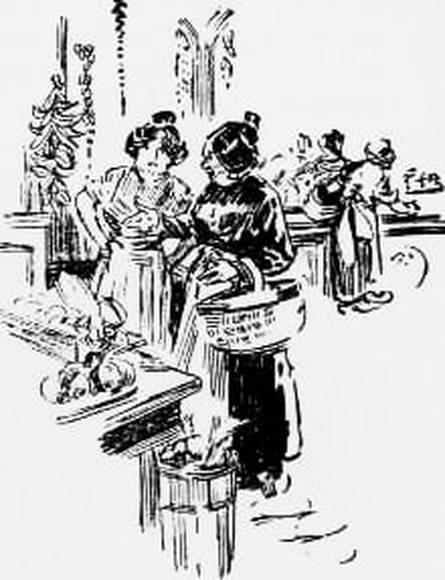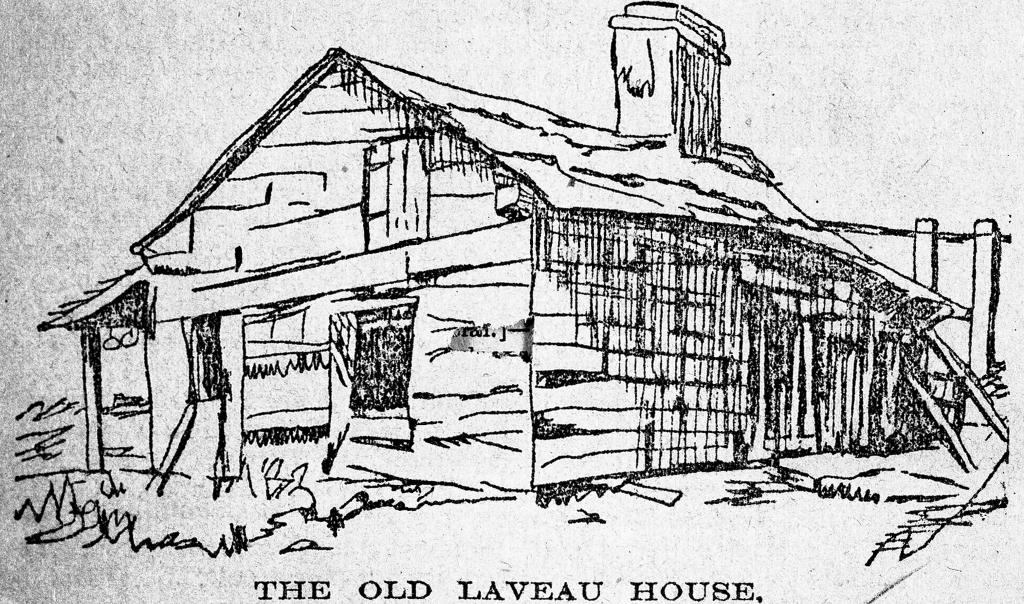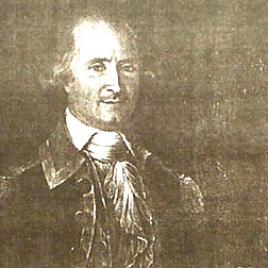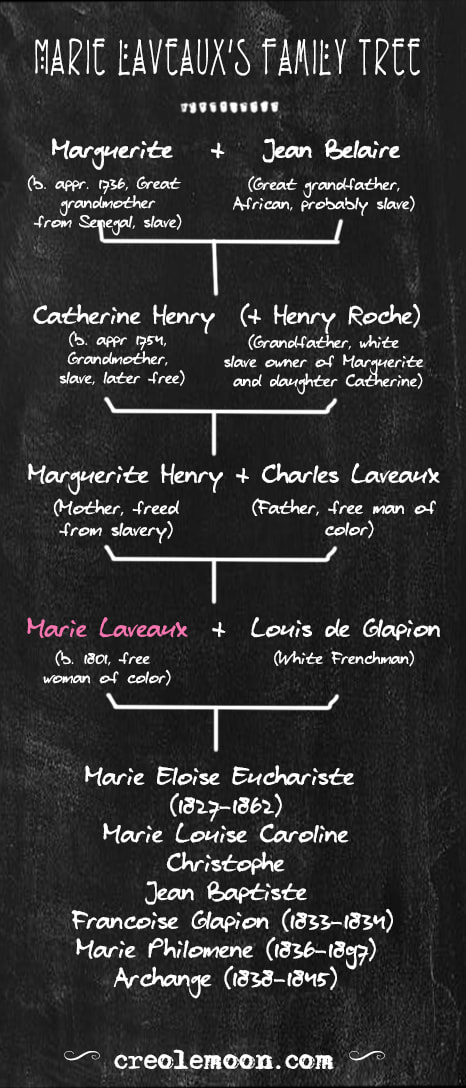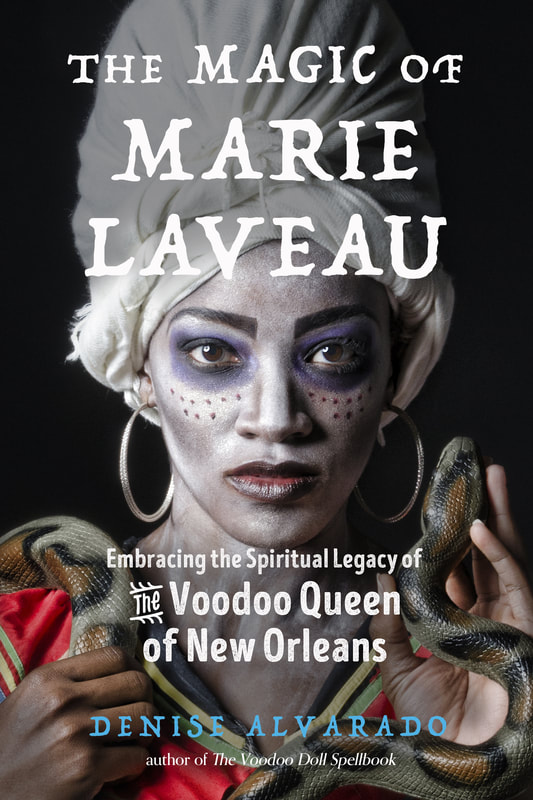The Birth of a Queen
Marie Leveau was a negress of café au lait tint, handsome in face, commanding in figure, and of remarkable intellect and force of character. She masqueraded as a hairdresser, thus learning the secrets of many a proud old New Orleans family. In helping sweethearts to secret meetings and forwarding clandestine correspondences, she had no equal and cared not whether the men and women she aided were old in coquetry and vice or young and innocent. —Richmond Daily Palladium, 1900
